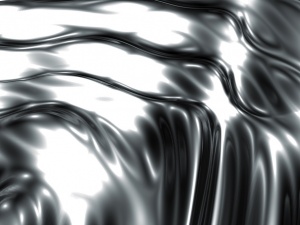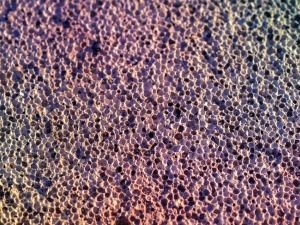The influence of substrate surface roughness on microstrip transmission line loss using conventional analyses and length‐scale fractal analysis
Source: Preview Image: albln/iStockphoto
Abstract
Two components of conductor topography can impact conductor loss for signals in the GHz frequency range: conductor–ceramic interface roughness and conductor edge angle. This study is an experimental investigation of the influence of these conductor topographies on conductor loss in microstrip circuits produced by thick‐film technology. The aluminum nitride ceramic substrates have different surface roughnesses due to different surface finish processes. The substrate surfaces were characterized using conventional and length‐scale fractal analysis. The conductor–ceramic interface was measured with a contact profilometer. The conductor edge angle and conductor edge profile were measured optically. It was found that there is a direct correlation between conductor loss and conductor edge angle, whereas there is an inverse correlation between loss and substrate roughness or relative length of the conductor–ceramic interface. This is the opposite result to the conventional expectation of surface roughness effects on conductor loss. There is also a negative correlation between conductor edge angle and surface roughness or relative length. The loss behavior can be explained by the interaction of the conductor paste with the surfaces during processing. The paste tends to spread more on the smoother surfaces, and thus creates an elongated edge of diminishing cross‐section and a small edge angle. This leads to greater conductor loss.
Full article:
Source: Preview Image: Iricat/Shutterstock



